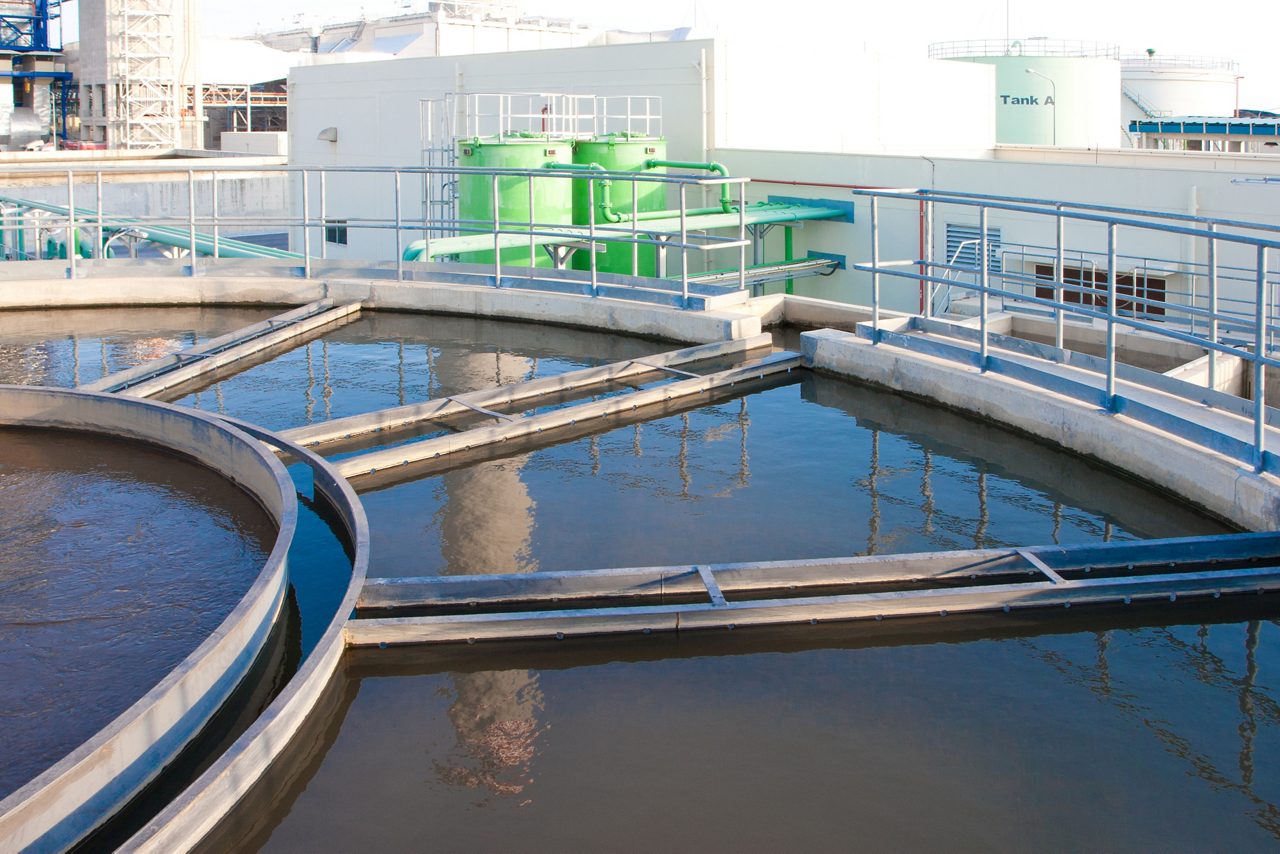The Significance of Water Treatment Polymer in Modern Environmental Solutions
In today's context of escalating environmental difficulties, the role of water treatment polymers has actually emerged as a cornerstone of reliable water filtration processes. The landscape is advancing, and the effects for future water therapy methods require a closer evaluation.

Duty of Water Therapy Polymers
Water therapy polymers play a critical duty in improving the efficiency of water purification processes. These artificial organic compounds work mostly as coagulants and flocculants, promoting the gathering of put on hold particles and colloids in water. By promoting the formation of bigger collections, or flocs, these polymers substantially boost the sedimentation rate and filtration efficiency, causing more clear and cleaner water.
In addition to their coagulation and flocculation buildings, water therapy polymers can additionally assist in the elimination of certain pollutants, including heavy steels and natural pollutants. They accomplish this by altering the surface area features of bits, which improves their interaction with various other treatment chemicals. The use of polymers can reduce the quantity of chemical additives called for in therapy processes, thus lessening possible ecological effects.
An additional vital facet of water treatment polymers is their capacity to carry out effectively throughout a series of conditions, including varying pH levels and temperature levels. This adaptability makes them indispensable in both community and commercial water treatment facilities. Inevitably, the function of water treatment polymers is important for guaranteeing compliance with ecological policies and achieving lasting water management techniques.
Advantages of Polymer Usage
The use of polymers in water treatment procedures provides countless advantages that enhance both functional efficiency and ecological sustainability. One significant benefit is the raised efficiency in coagulation and flocculation, which brings about enhanced elimination of suspended solids and impurities from water sources. This performance not only causes cleaner water but likewise reduces the requirement for excessive chemical ingredients, advertising a more eco-friendly technique to water therapy.

Polymers additionally boost the security of water therapy systems, enabling even more consistent performance under varying operational conditions. Their versatility enables therapy centers to adapt to different water high qualities and treatment goals, hence making certain compliance with governing criteria.
Kinds Of Water Therapy Polymers
Polymers utilized in water treatment can be classified right into numerous kinds, each serving distinct functions and applications within the therapy process. The primary categories include coagulants, flocculants, and dispersants.
Coagulants, such as polyaluminum chloride and ferric sulfate, help with the aggregation of put on hold fragments in water by counteracting their fees. This is crucial for the elimination of turbidity and other contaminants. Flocculants, on the various other hand, advertise the development of bigger aggregates, or flocs, allowing easier elimination of fragments from water. Common flocculants consist of polyacrylamide and cationic starches.
Dispersants are used to stabilize suspensions and stop the settling of solids (water treatment polymer). By modifying the surface properties of bits, they boost the efficiency of therapy processes, specifically in wastewater management
Furthermore, there are specialized polymers developed for certain applications, such as biopolymers derived from natural sources, which typically give eco-friendly alternatives to synthetic alternatives. Choosing the ideal sort of polymer is critical for enhancing water therapy procedures, ensuring efficient impurity elimination, and boosting overall water quality.
Applications in Different Industries
In different sectors, the application of water therapy polymers plays a considerable function in improving performance and performance in managing water quality. These polymers are utilized in metropolitan Continued water therapy centers to assist in coagulation and flocculation processes, thereby enhancing the removal of sediments and contaminants. In the oil and gas sector, water treatment polymers assist in managing generated water, guaranteeing the risk-free you can try these out disposal and recycling of water while lessening environmental effect.
Furthermore, the textile sector utilizes water treatment polymers to help with dye removal and wastewater purification, important for meeting rigid regulative requirements. water treatment polymer. In the food and beverage field, these polymers are important in making certain the security of water utilized in production procedures, adding to item high quality and conformity with health regulations
Additionally, the mining sector advantages from water treatment polymers, which are used to decrease water use and improve the recovery of beneficial minerals from ore. Generally, the adaptability and efficiency of water therapy polymers throughout these diverse applications underscore their essential function in promoting lasting techniques and protecting water resources in contemporary commercial operations.

Future Trends in Water Therapy
Emerging fads in water therapy are increasingly characterized by the combination of innovative technologies and cutting-edge materials. water treatment polymer. The fostering of wise water monitoring systems, which use real-time data analytics and IoT gadgets, is changing the method water top quality is kept an eye on and taken care of. These systems enable very early discovery of contaminants and enhance therapy procedures, causing boosted efficiency and minimized functional costs
Additionally, making use of water therapy polymers is obtaining traction as they use substantial advantages in flocculation, sedimentation, and filtering procedures. These polymers facilitate the removal of contaminants at reduced does, thereby lessening chemical use and environmental impact. The advancement of eco-friendly and environmentally friendly polymers is likewise ending up being a vital focus, lining up with worldwide sustainability objectives.
In addition, advancements in membrane technology, such as nanofiltration and turn around osmosis, are boosting the removal of micropollutants and supplying drinkable water from unusual resources, like salt water and wastewater. As governing structures advance and public need for tidy water intensifies, these trends are expected to shape the future landscape of water treatment, promoting a more lasting and resistant strategy to water source monitoring.
Verdict
To conclude, water therapy polymers are crucial parts in modern-day ecological options, substantially improving water purification processes via boosted coagulation and flocculation. Their capacity to minimize chemical usage while efficiently removing contaminants emphasizes their value in accomplishing regulatory compliance and sustainability objectives. As industries proceed to focus on clean water gain access to, the continuous development and application of these polymers will play a vital duty in dealing with the difficulties of water treatment and ecological defense top article in the future.
 Neve Campbell Then & Now!
Neve Campbell Then & Now! Tia Carrere Then & Now!
Tia Carrere Then & Now! Barret Oliver Then & Now!
Barret Oliver Then & Now! Michael Fishman Then & Now!
Michael Fishman Then & Now! Dolly Parton Then & Now!
Dolly Parton Then & Now!